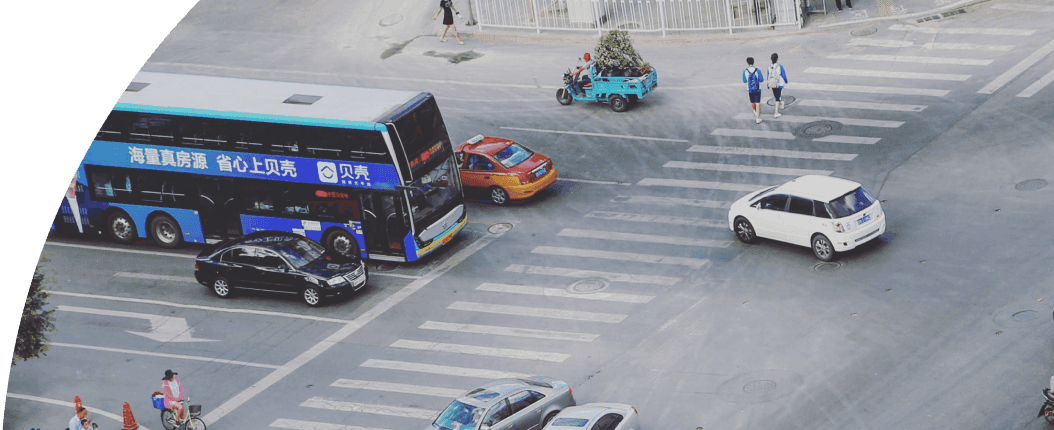
What is smart growth?
Smart growth is an approach to community design that connects housing, transportation, and land use to create healthy, prosperous, and resilient neighborhoods.

About us
Smart Growth America cultivates vibrant, sustainable communities with diverse living and transportation options, enhancing quality of life for all.

Our work
Smart Growth America cultivates vibrant, sustainable communities with diverse living and transportation options, enhancing quality of life for all.
Explore Our Signature Reports

Impact
Smart Growth America cultivates vibrant, sustainable communities with diverse living and transportation options, enhancing quality of life for all.

Events
Throughout the year, we host a number of in-person and virtual events covering topics related to public health, social equity, and climate resilience.

Knowledge hub
We offer a library of case studies, videos, and reports to support policymakers, practitioners, and advocates interested in advancing smart growth.
Explore our signature reports


News
By Sean Doyle, November 9, 2018
 The Hudson Yards development in New York City used a TIF-like district to help fund transit, though it’s an “unfavorite” example of value capture for Deborah Salon. (Image: Metropolitan Transportation Authority of the State of New York, Flickr)
The Hudson Yards development in New York City used a TIF-like district to help fund transit, though it’s an “unfavorite” example of value capture for Deborah Salon. (Image: Metropolitan Transportation Authority of the State of New York, Flickr)
When people and businesses have more direct access and connections to each other that increases productivity which in turn creates value. When transit is used to create those connections, some of that value can be captured to help fund transit. That’s the idea behind value capture.
While value capture is used around the world—and in some cases like Hong Kong it’s used to such an extent that the transit system turns a profit—the practice is receiving more attention in the U.S. as a new strategy to fund transit. Value capture can be a powerful tool, but it’s not necessarily appropriate in every circumstance.
This month on Building Better Communities with Transit we chat with Professor Deborah Salon of Arizona State University about value capture and her research on the topic. Deborah talks about the difference between location value capture and land value capture—it’s not just about real estate—and how institutional structure, entrepreneurship, and creativity play into successfully using value capture. We also chat about where location value capture shouldn’t be used and whether certain mechanisms such as TIF take too much value for individual projects.
Building Better Communities with Transit is intended to provide more support to communities and local leaders who are working to catalyze new development around transit, give more people access to public transportation, increase access to opportunity, and build robust local economies. You can find this episode—and all of our previous episodes—on iTunes, Stitcher, or wherever you get your podcasts.
Checkout all the episodes at TODresources.org’s podcast page. A new episode is released every month!
Related News
Upcoming public events: Join us!


Subscribe to our newsletter
© 2025 Smart Growth America. All rights reserved
Site By3Lane Marketing
